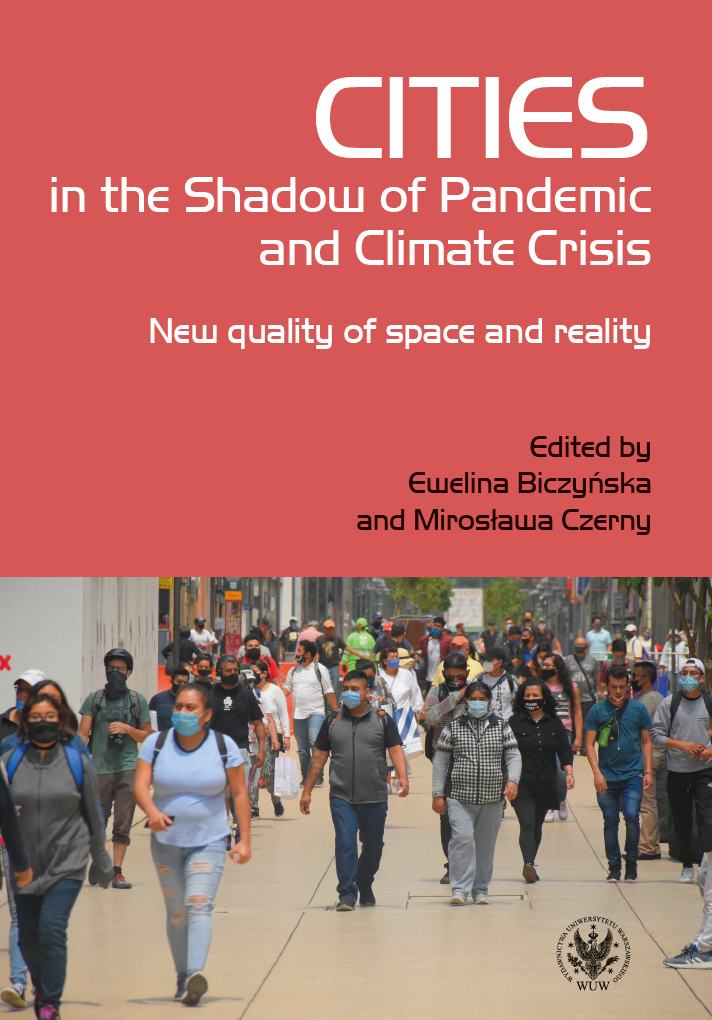Physical barriers constraining walkability in cities. Case study of Warsaw, Poland
Physical barriers constraining walkability in cities. Case study of Warsaw, Poland
Author(s): Karolina Sitnik
Subject(s): Environmental Geography, Human Ecology, Environmental interactions
Published by: Wydawnictwa Uniwersytetu Warszawskiego
Keywords: 15-minute city; pedestrian accessibility; physical barriers; walkable city; critical services
Summary/Abstract: Warsaw faces problems connected with suburbanisation, car traffic as well as physical barriers challenging the city’s walkability. Numerous monofunctional spaces play a great role in Warsaw and are significant barriers to pedestrian access to critical services, an obstacle which the citizens face each day. This paper contains a spatial GIS analysis of accessibility to critical services such as health care, education, public transport, green infrastructure, sport, and recreation as well as culture from residential buildings in the capital of Poland in the context of Carlos Moreno’s 15-minute city concept. The author indicates the main monofunctional areas in the city which are the leading physical barriers for pedestrians.
Book: Cities in the Shadow of Pandemic and Climate Crisis. New quality of space and reality
- Page Range: 137-150
- Page Count: 14
- Publication Year: 2024
- Language: English
- Content File-PDF

